If you’re dreaming of a European getaway that blends fairy-tale castles, bustling cities, rich history, and hearty cuisine, let me take you on a journey through my unforgettable 12-day trip across Germany. From Berlin’s high energy to Bavaria’s romantic palaces, this itinerary offers a perfectly curated mix of the best places to visit in Germany, ideal for both first-timers and seasoned travellers.
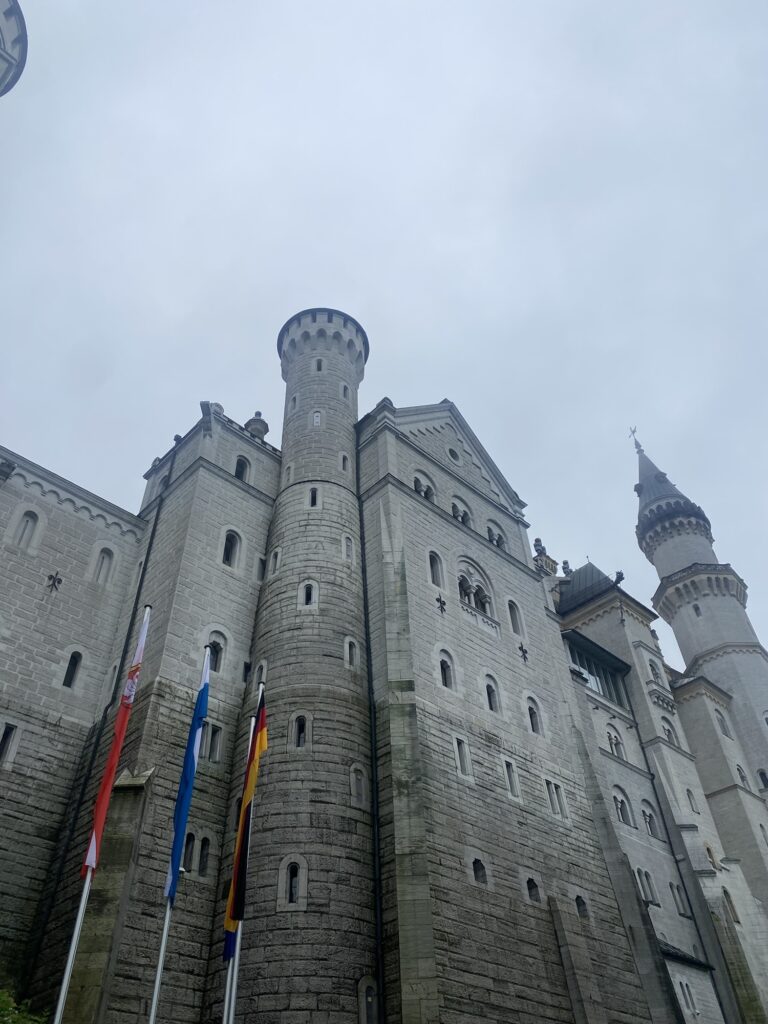
- Berlin: Where History Comes Alive
- Dresden: The Florence of the North and Wartime Resilience
- Hamburg: Germany’s Gateway to the World
- Münster: Medieval and University Town Charm
- Greven: A Personal Journey
- Bonn: Beethoven, Haribo & Former Capital City Charm
- Stuttgart: Sleek Cars and Scenic Hills
- Munich: The Heart of Bavaria
- Neuschwanstein & Linderhof: The Castles of Your Dreams
- Final Thoughts: Planning Your Own German Journey
Just a heads up: Some of the links on this post are affiliate links. That means if you make a purchase through them, I might earn a small commission (at no extra cost to you!). I only recommend products I genuinely like and think you’ll find useful. Thanks for supporting the blog!
For each location, I will say how long I stayed and how long I would recommend staying in hindsight.
Berlin: Where History Comes Alive
Stayed: 2 nights
Recommended stay: 3-4 nights
As Germany’s capital, Berlin is a city that refuses to be defined by a single era. It’s where past and present collide in the most fascinating ways.
Why Go: Berlin is ideal for history buffs, creatives, and culture enthusiasts. It’s home to some of the most significant historical landmarks of the 20th century, while also serving as a hub for contemporary art, nightlife, and innovation.

Highlights:
- East Side Gallery: A colourful stretch of the Berlin Wall turned into an open-air gallery celebrating freedom and resilience.
- Museum Island: This UNESCO World Heritage site houses five world-class museums.
- Party: I’m not usually the biggest partier, but in Berlin, it’s non-negotiable. I’ve never felt safer on a night out than in a Berlin club. Everyone was so open and respectful.
- Walking Tours: I recommend both a historical walking tour (the one I did was 3 hours, which was great and in-depth), and an alternative one focused on street art and subculture. You’ll see two completely different sides of Berlin, and both are equally captivating.
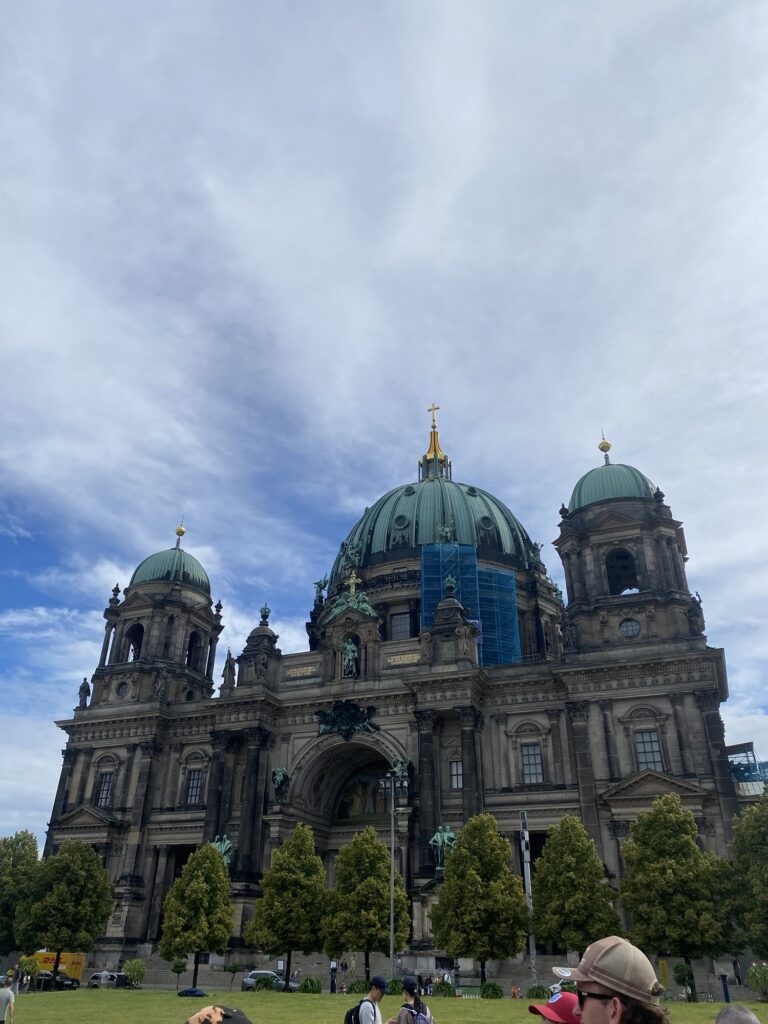
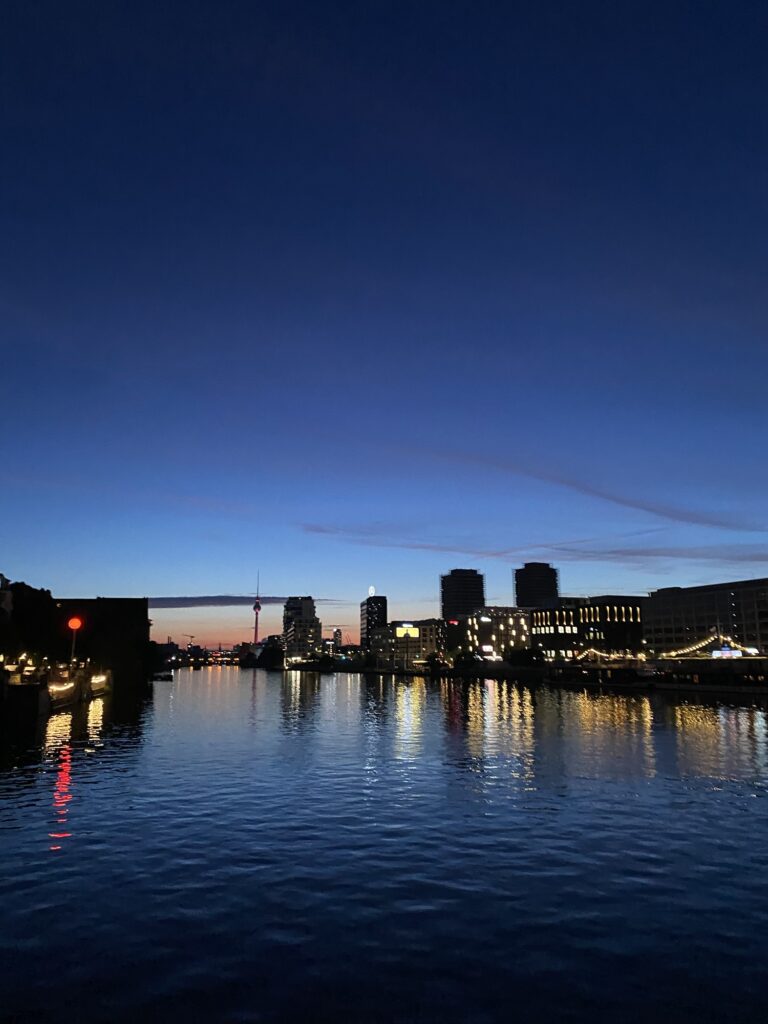
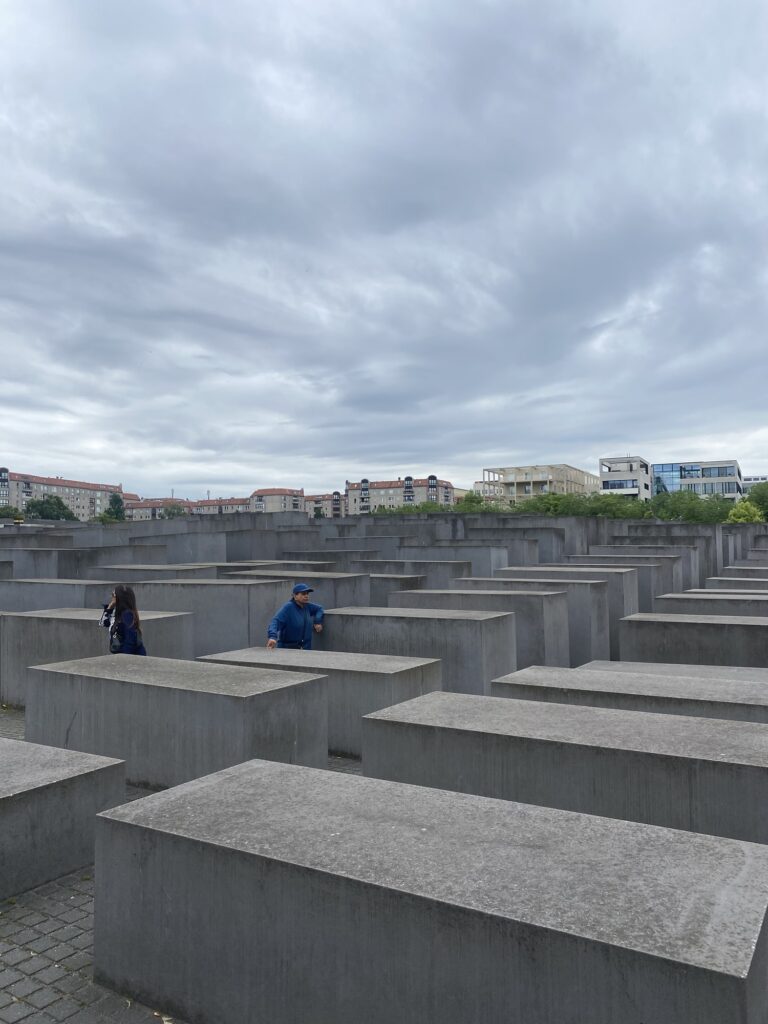
Dresden: The Florence of the North and Wartime Resilience
Stayed: Day trip
Recommended stay: 1-2 nights
Dresden is a masterpiece of baroque architecture. Although much of the city was destroyed during World War II, it has been stunningly rebuilt, making a visit here both moving and beautiful.
Why Go: Dresden blends architectural elegance with a powerful story of destruction and rebirth. It’s perfect for lovers of art, music, and poignant history.

Highlights:
- Frauenkirche: This baroque church, rebuilt from wartime rubble, symbolises hope and reconciliation.
- Old Town: Walk past palaces, opera houses, and bridges with a past. The blackened stones in the rebuilt facades, salvaged from bombed ruins, stand as a subtle but moving reminder of the city’s tragic past.
- There are many walking tours of Dresden available.
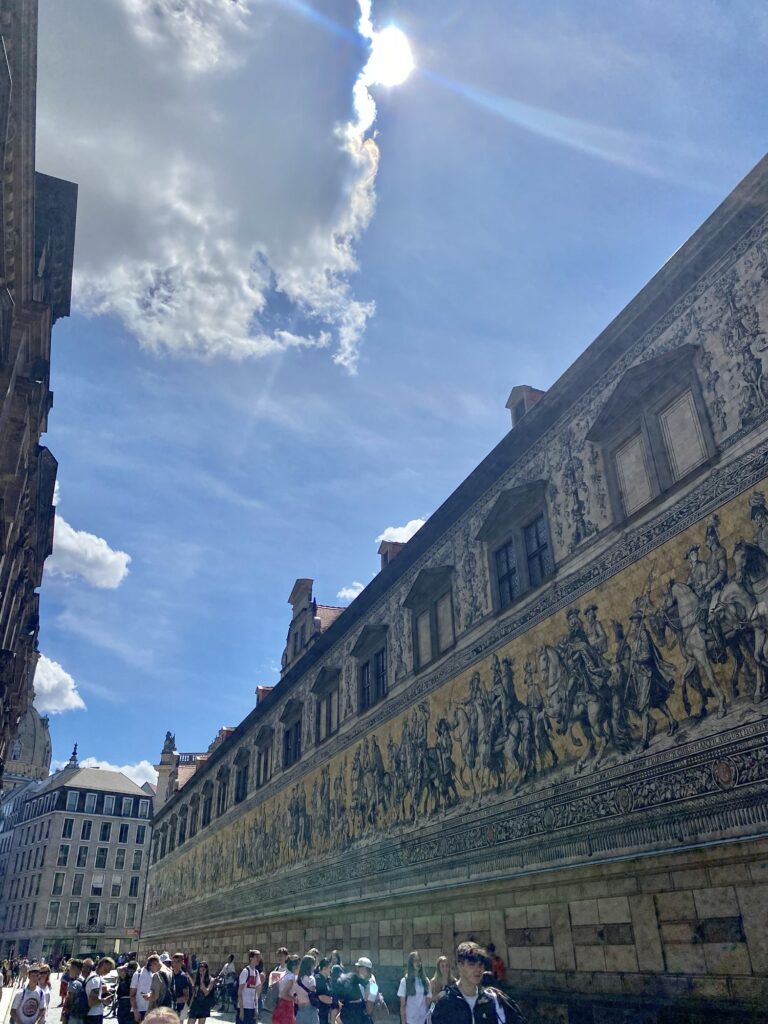
Hamburg: Germany’s Gateway to the World
Stayed: 2 nights
Recommended stay: 2 nights
Hamburg, with its maritime roots and cosmopolitan flair, is one of Germany’s most underrated cities. It’s a port city through and through, with canals, historic warehouses, and cutting-edge culture.
Why Go: Visit Hamburg for its unique maritime heritage, stylish neighbourhoods, and quirky attractions. It’s great for families, architecture fans, and travellers who love a good harbour view.
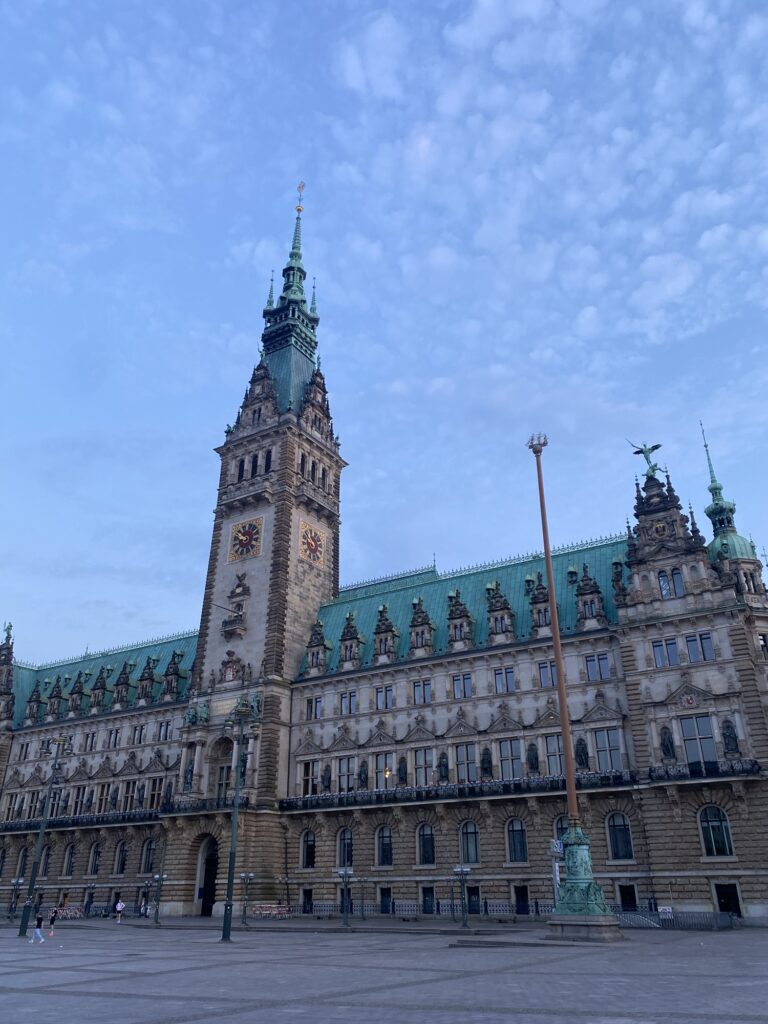
Highlights:
- Miniatur Wunderland: A miniature world brought to life, this massive model railway is mesmerising and surprisingly emotional.
- Town Hall (Rathaus): One of Germany’s most ornate city halls with a majestic neo-Renaissance design.
- Planten un Blomen: A beautiful urban park perfect for a quiet afternoon among greenery and fountains.
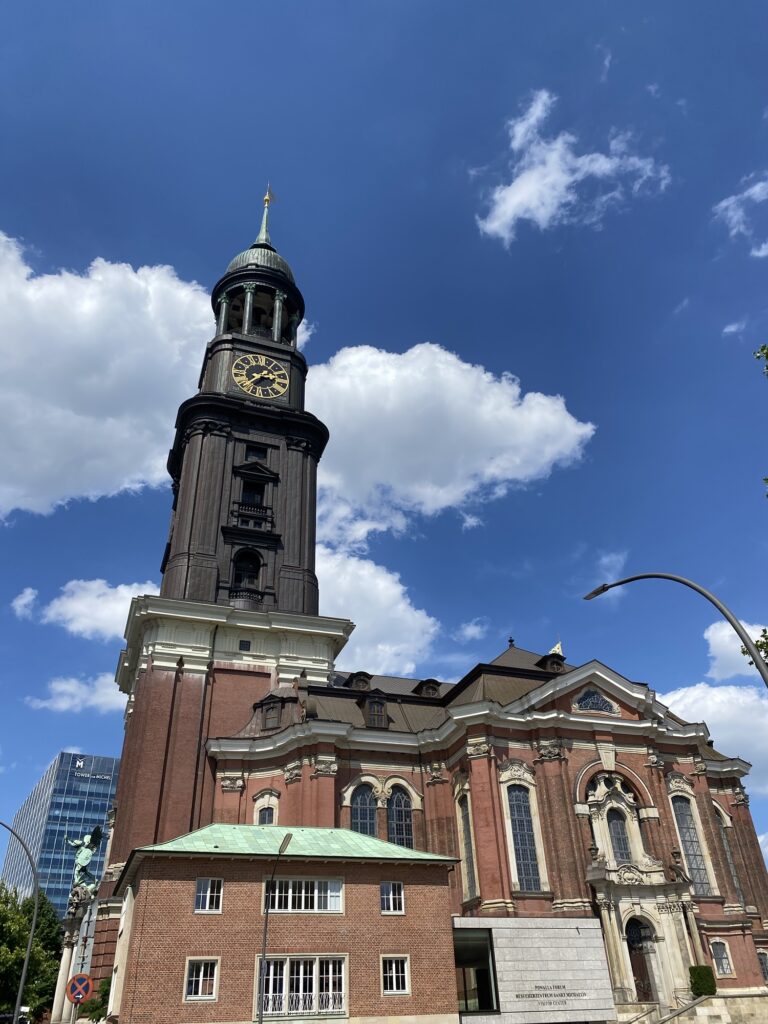
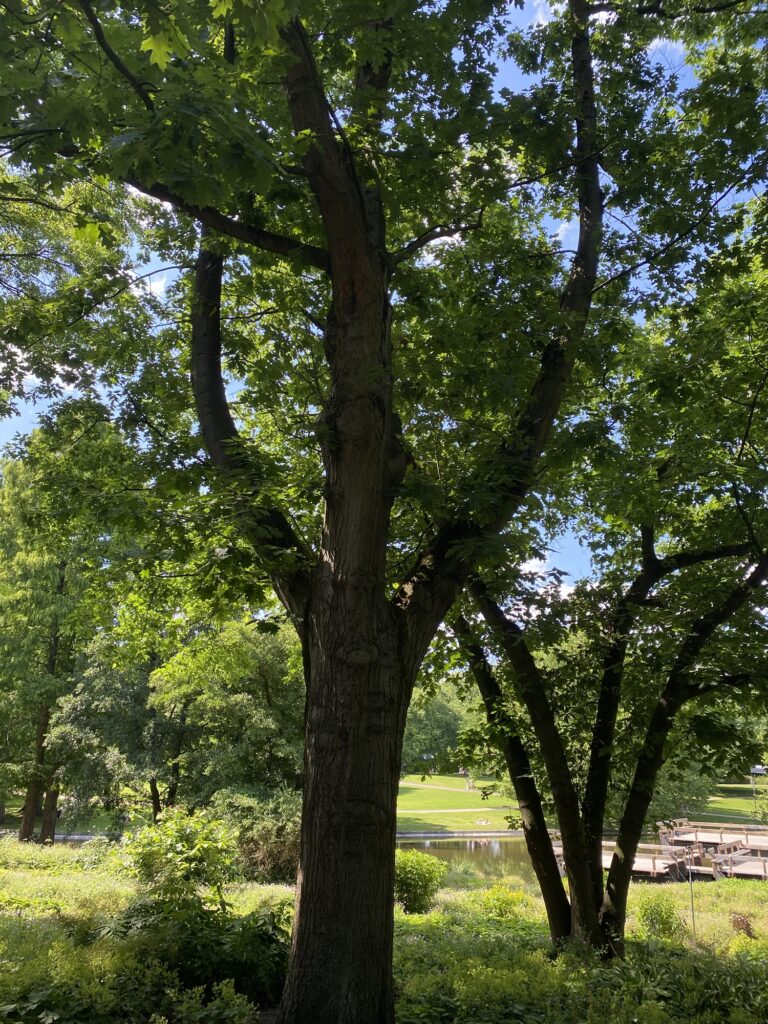
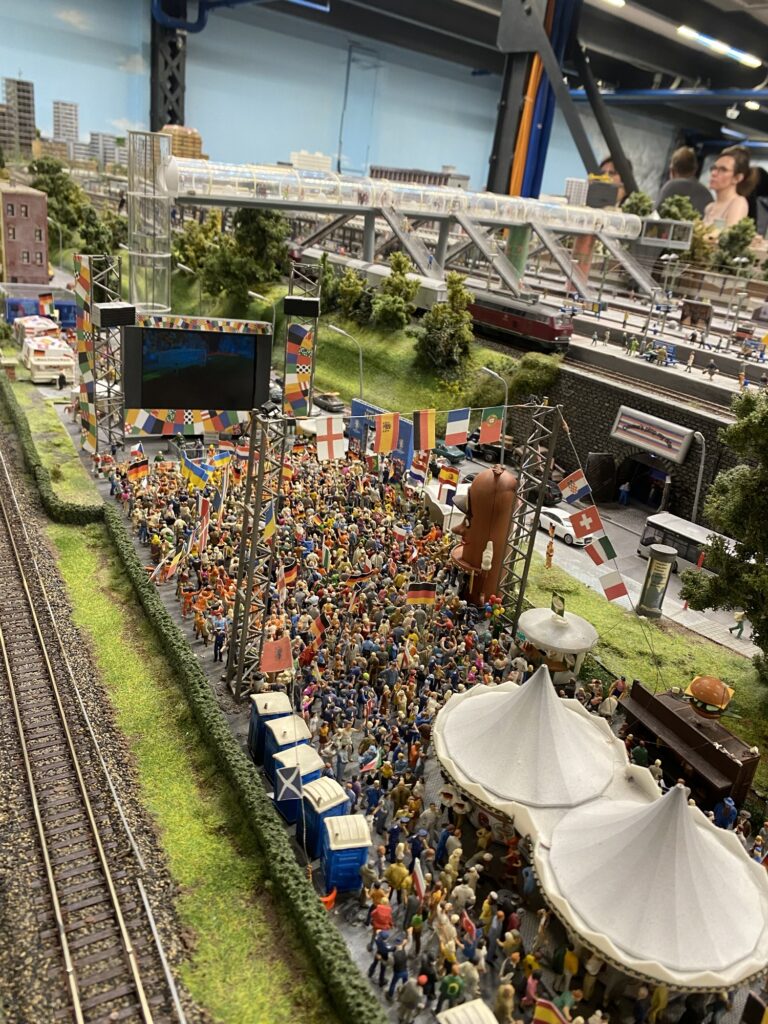
Münster: Medieval and University Town Charm
Stayed: 2 nights
Recommended stay: 1-2 nights
Münster is a charming university town in North Rhine-Westphalia with cobbled streets, Gothic churches, and a lively student atmosphere.
Why Go: It’s a delightful blend of medieval architecture and modern energy, perfect for a slower-paced yet intellectually stimulating stop. Great for history lovers, cyclists, and fans of off-the-beaten-path gems.
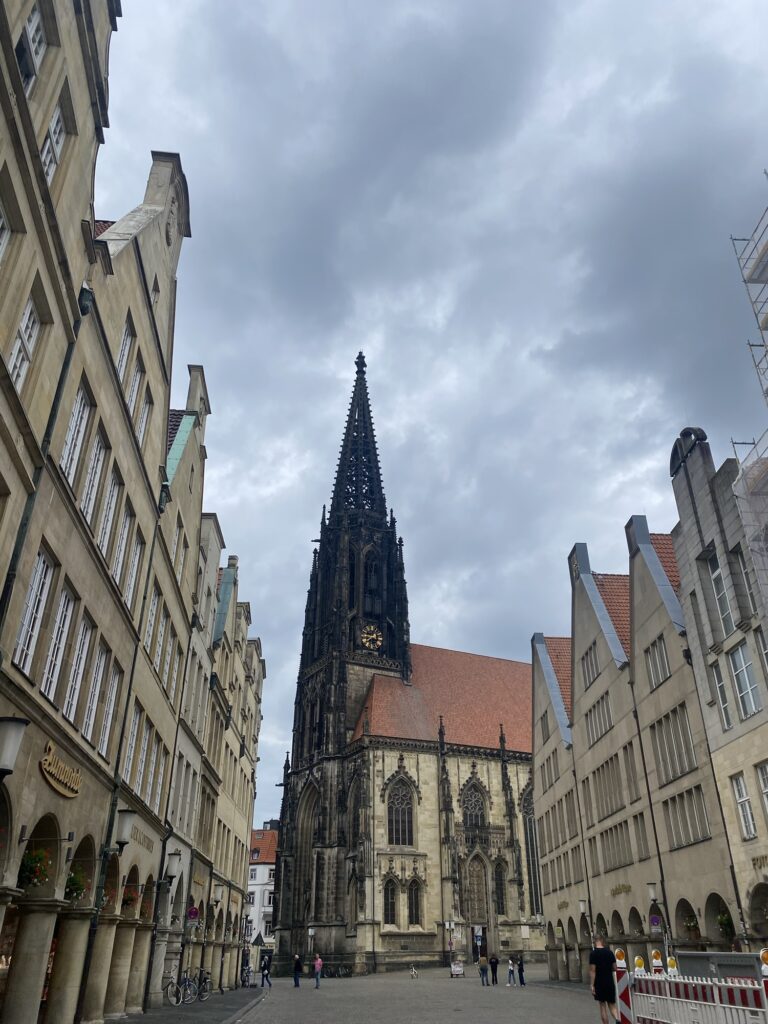
Highlights:
- Prinzipalmarkt: Picture-perfect arcades and gabled buildings form the heart of the old town.
- St. Lambert’s Church: Famous for its Gothic tower and the haunting story of the Anabaptist rebellion, complete with iron cages still hanging from the tower. I did an awesome audio walking tour from GetYourGuide that gave me all the history – unfortuntely the exact one I did doesnt seem available at the moment, but there are a few other options here.
- Biking culture: Münster is known as Germany’s bicycle capital. The whole city is bike-friendly, although if cycling isn’t your thing (like me), it’s easily walkable too.
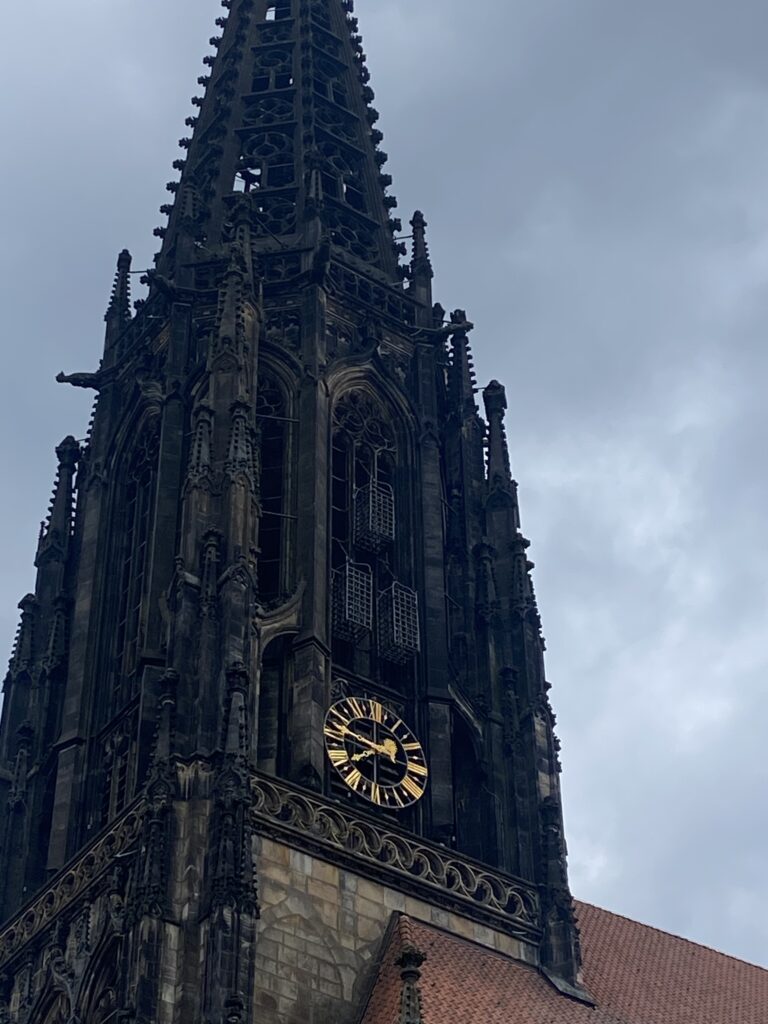
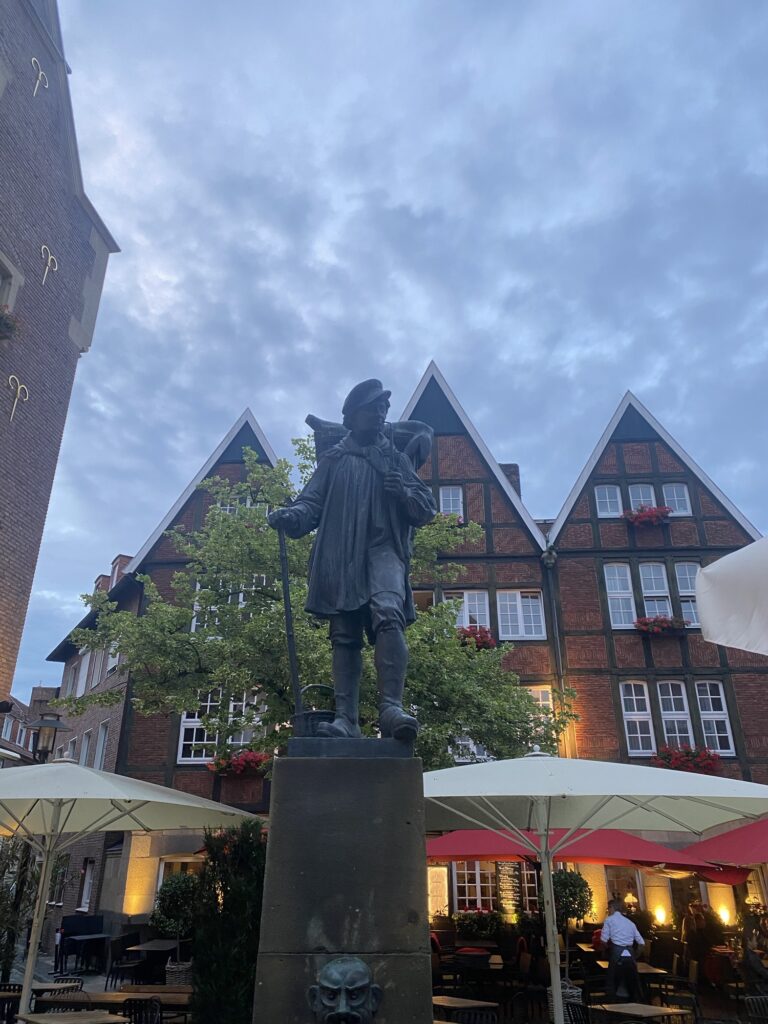
Greven: A Personal Journey
Stayed: Day trip
Recommended stay: Skip or replace with your personal family history visit.
Greven, a small town near Münster, isn’t on any travel itineraries, but it held special meaning for me. My great-grandparents were married here as displaced persons after WWII, and my grandmother was born in the local hospital.
For those interested in genealogy or personal history, small towns like Greven offer emotional and tangible connections to the past, it’s very meaningful. If you personally have a tie to somewhere like this for your own family journey, I definitely recommend going there. It was very special to see and feel close to my family.
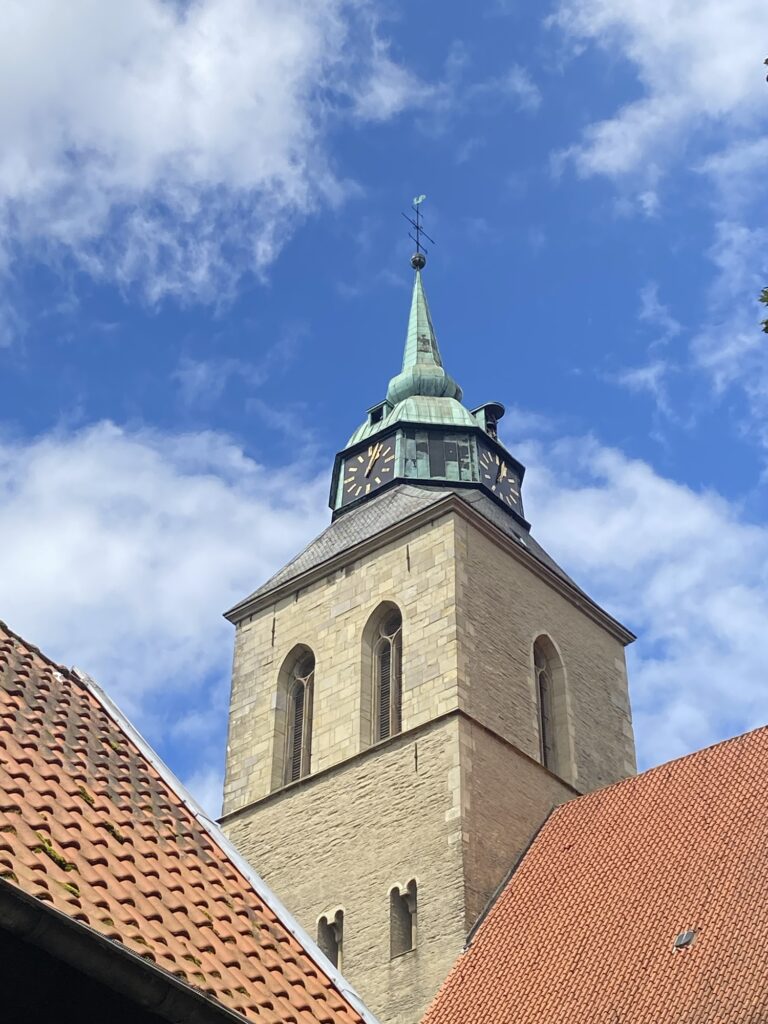
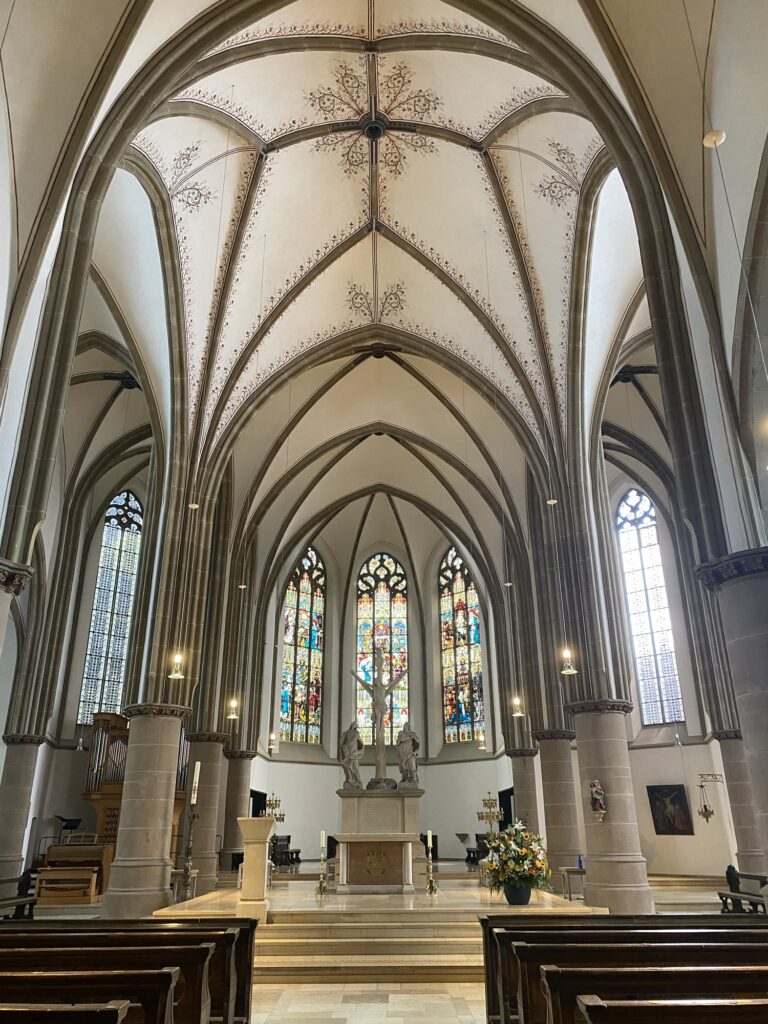
Highlights:
- St. Martinus Church
- Exploring quiet streets: Sometimes, the loveliest travel moments come not from tourist sites, but from places that allow you to take time to reflect and slow down.
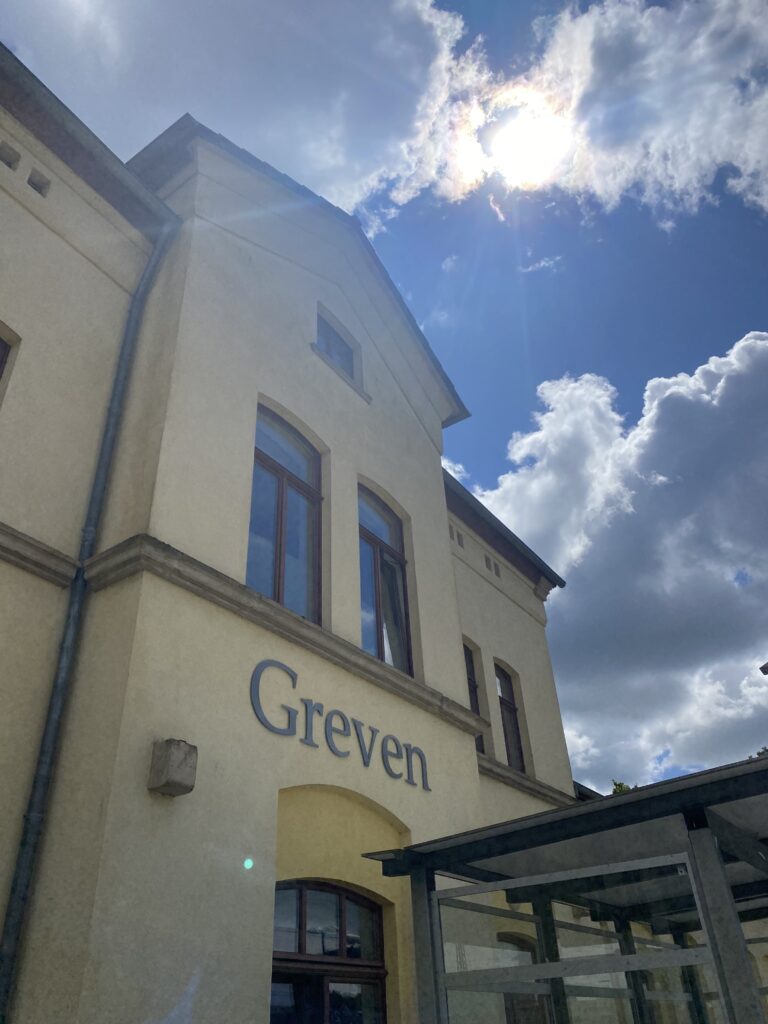
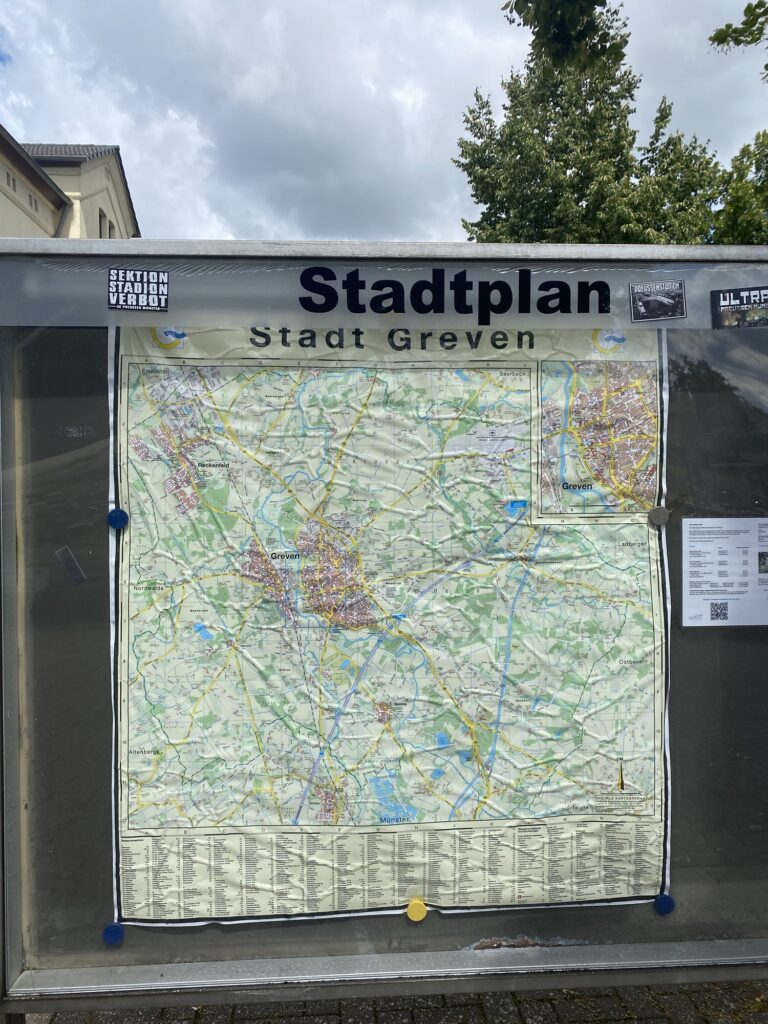
Bonn: Beethoven, Haribo & Former Capital City Charm
Stayed: 2 nights
Recommended stay: 2 nights
Bonn was the capital of West Germany until reunification and remains an important cultural centre.
Why Go: Perfect for music lovers, political history enthusiasts, and anyone looking for a smaller city with a rich legacy.
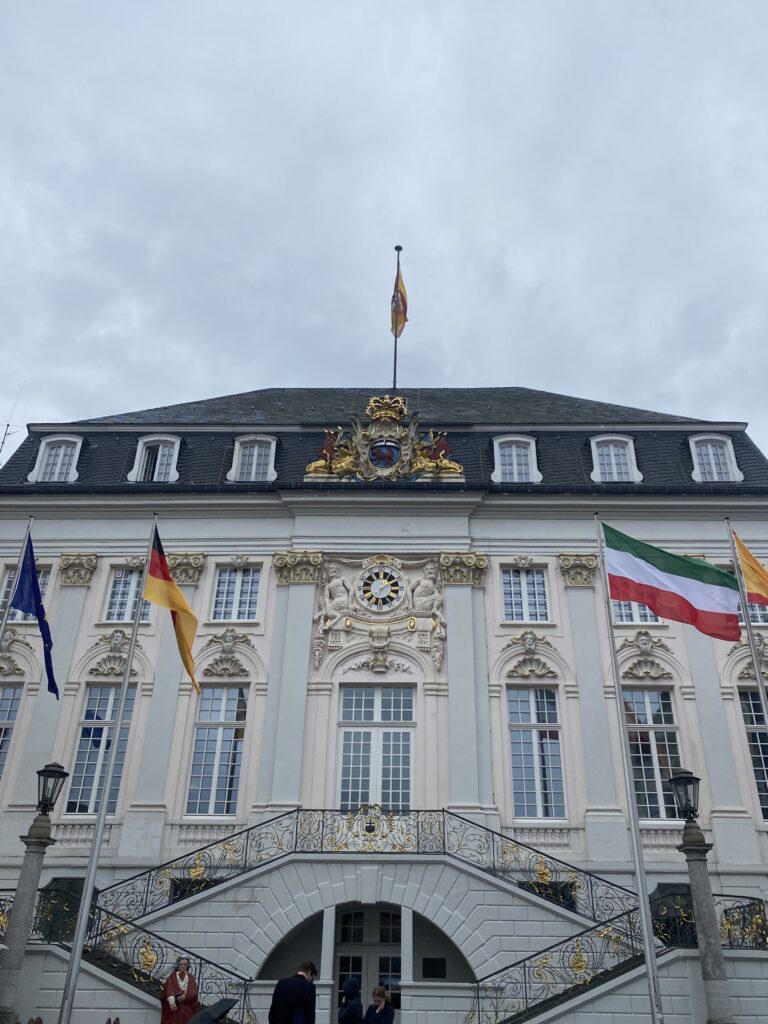
Highlights:
- Beethoven House: Walking through the composer’s home was amazing, with original manuscripts, instruments, and personal items, which makes it feel deeply intimate. Upstairs there were headphones and space to just sit and listen to his amazing music.
- Haribo Flagship Store: Fun fact: Haribo was invented in Bonn! The shop is candy heaven, and made for the perfect place to buy gifts for people at home (and yourself).
- Rhine River Promenade: Ideal for a sunset stroll or leisurely meal along the waterfront.

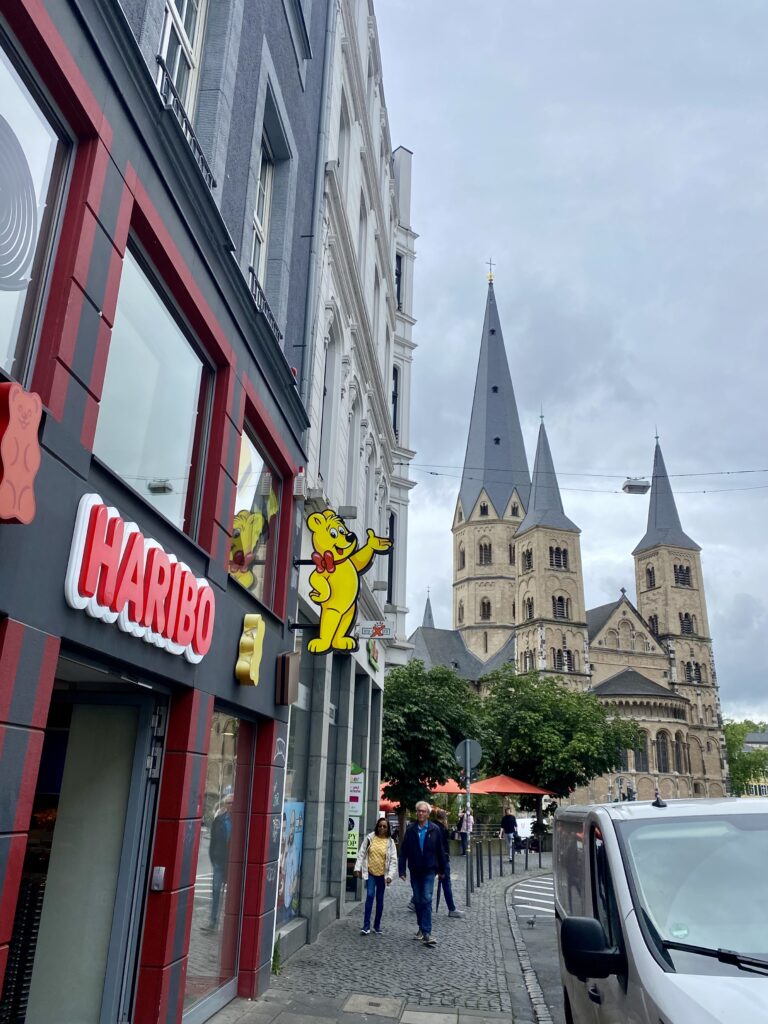
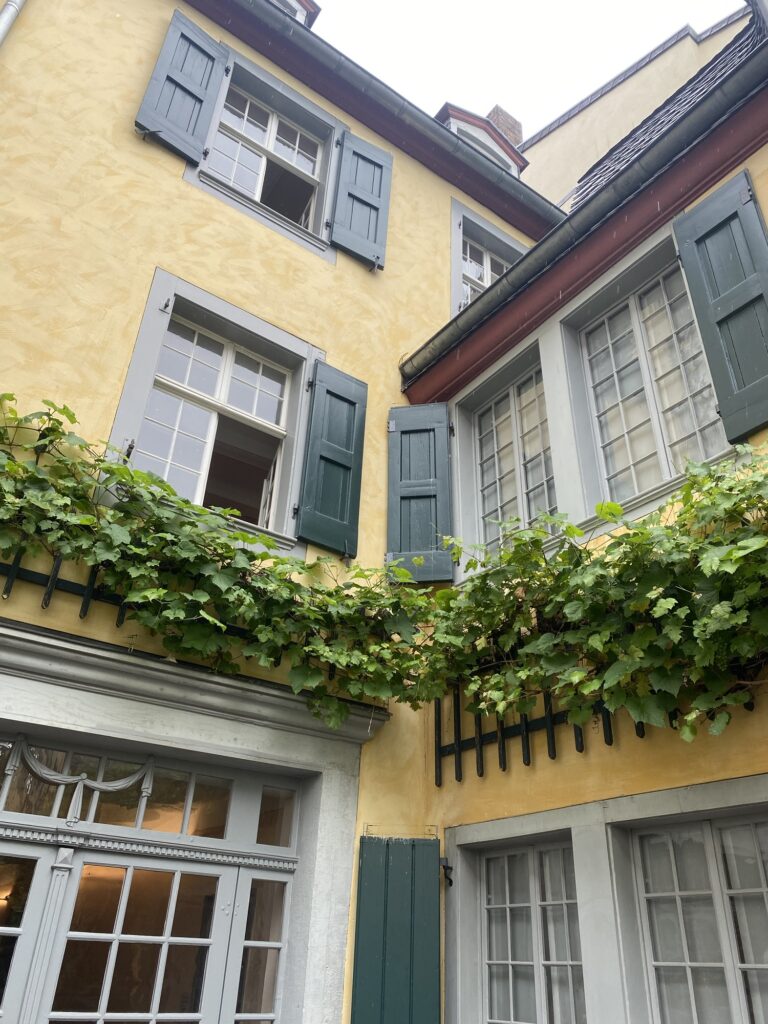
Stuttgart: Sleek Cars and Scenic Hills
Stayed: 2 nights
Recommended stay: 2-3 nights
Stuttgart, located in southwest Germany, is renowned for its engineering excellence. It’s the birthplace of Mercedes-Benz and Porsche, but there’s more to the city than just cars.
Why Go: It’s a paradise for car lovers, but also surprisingly rich in green spaces, vineyards, and sweeping hilltop views. Plus, it has a laid-back vibe and fewer tourists than other major cities.
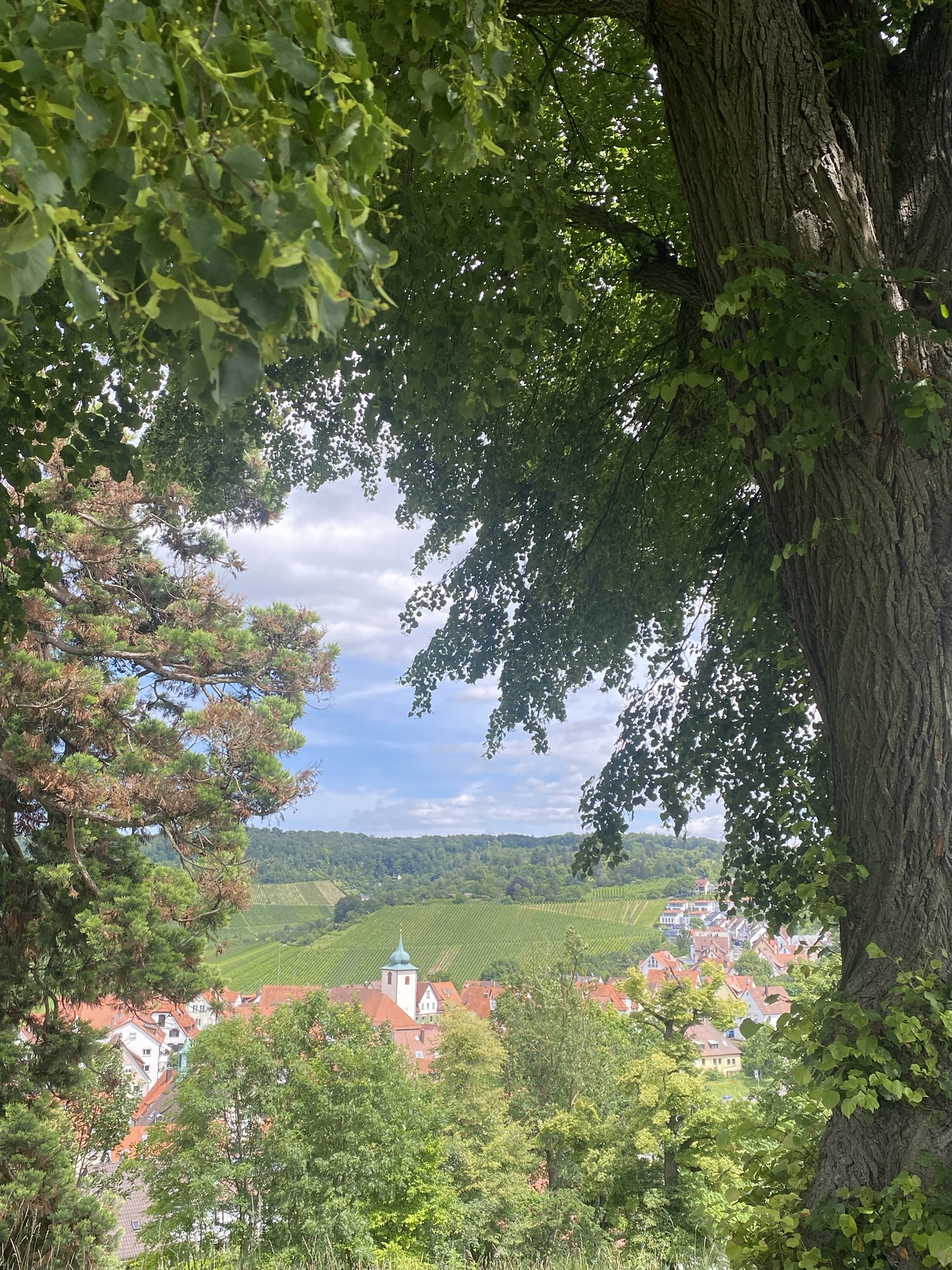
Highlights:
- Mercedes-Benz Museum: One of the most thoughtfully designed museums I’ve ever visited, engaging even for non-car enthusiasts. You walk through in chronological order and it shows general history of what was happening in the world at the time along side the Mercedes-Benz history, so everything is in context.
- Grabkapelle on Württemberg Hill: A peaceful chapel overlooking the city and the surrounding wine country.
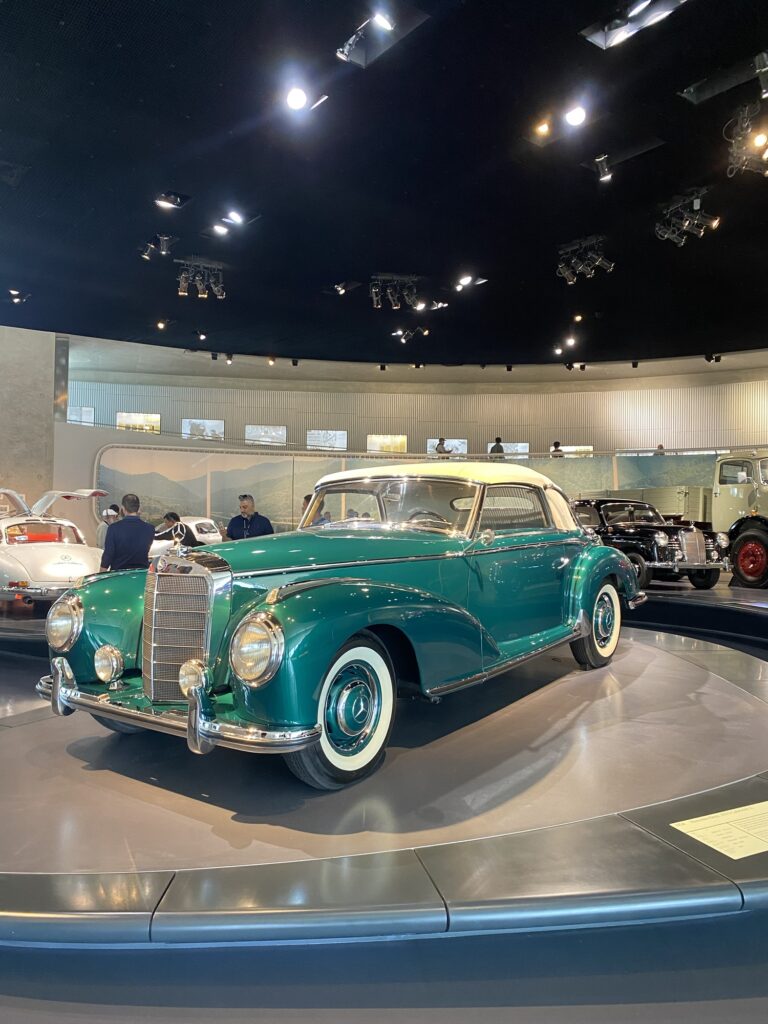
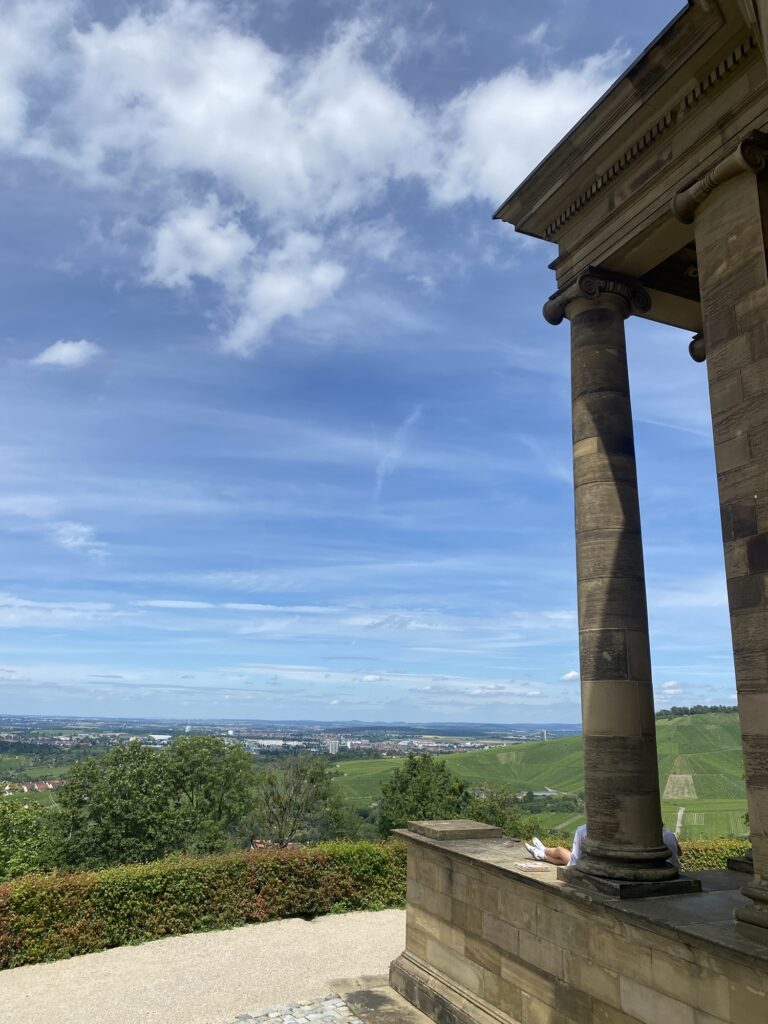
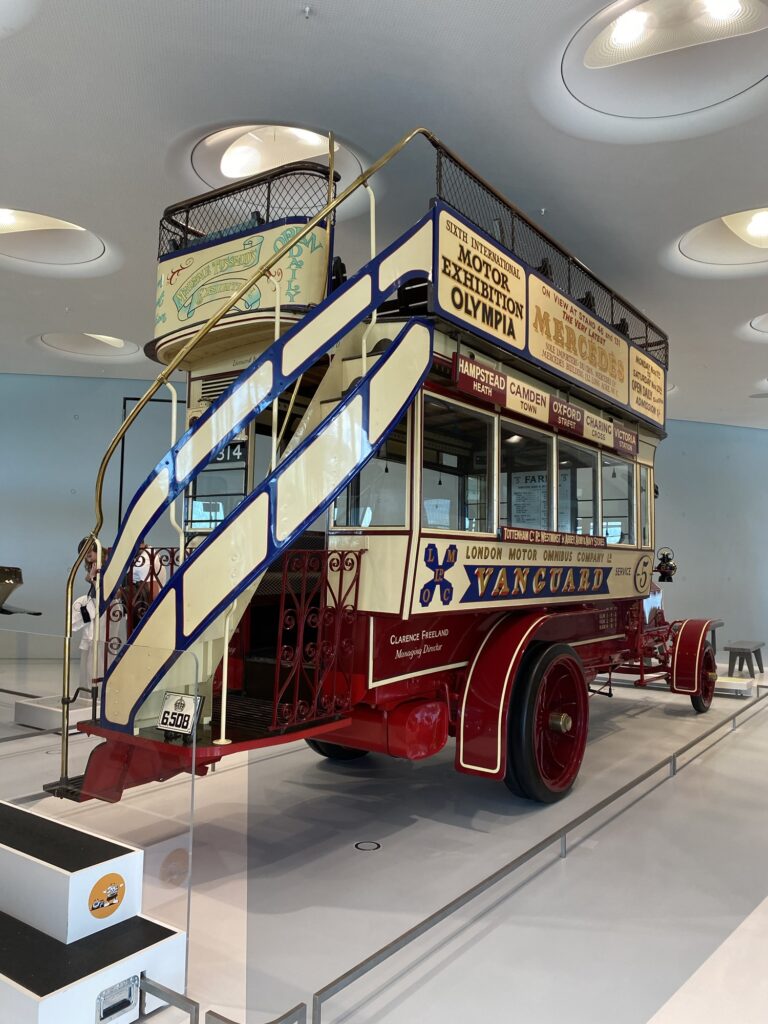
Munich: The Heart of Bavaria
Stayed: 3 nights
Recommended stay: 3-4 nights
Munich brings together everything people imagine when they think of Germany: beer halls, lederhosen, mountain views, and warm southern hospitality.
Why Go: Munich is ideal for first-time visitors to Germany. It’s got the buzz of a big city but still feels welcoming and walkable. Plus, it’s the gateway to some of Germany’s most famous castles.
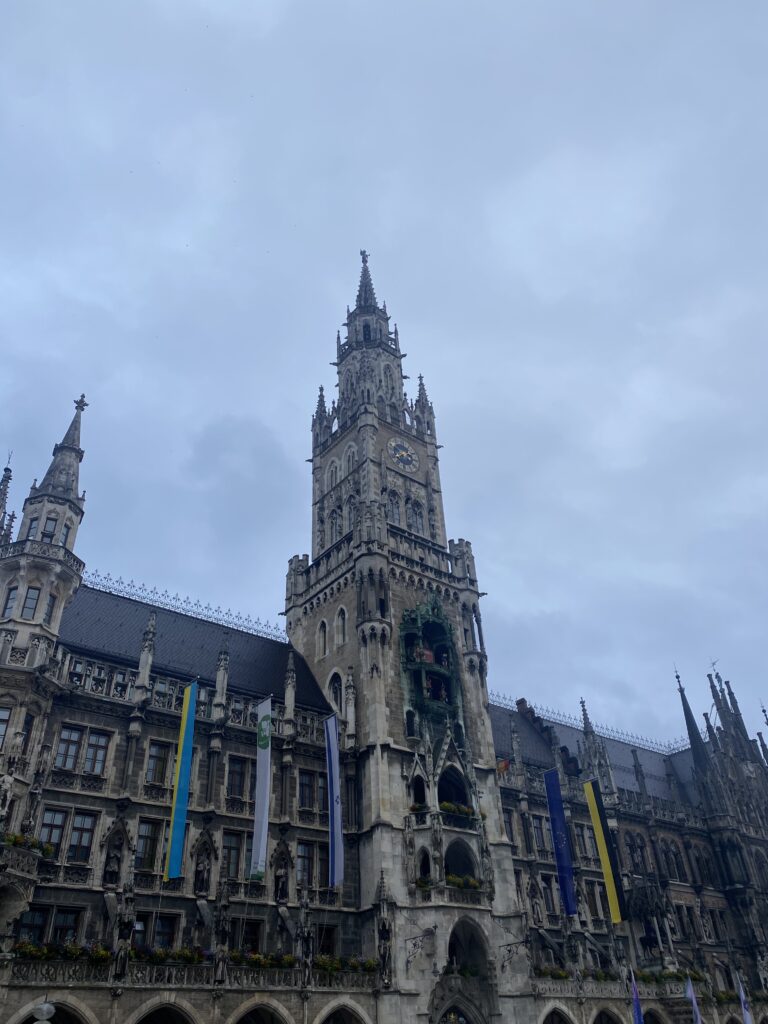
Highlights:
- Marienplatz & Glockenspiel: A must-see show in the heart of the old town. It goes at 11am and 12pm daily, plus 5pm from March to October.
- English Garden: One of the largest urban parks in the world, with rivers, beer gardens, and even surfers!
- Traditional beer halls: Yes, they’re touristy, but Hofbräuhaus and Augustiner are still fun and authentic. I caught up with an old friend at Augustiner on my last night, and it was the perfect way to say goodbye! There are many beer tours available for a more indepth expereince.

Neuschwanstein & Linderhof: The Castles of Your Dreams
Stayed: Day trip
Recommended stay: Day trip
No German adventure is complete without a castle (or two). These fairytale palaces in Bavaria were the crown jewel of my trip.
Why Go: They offer a glimpse into the eccentric and romantic world of King Ludwig II, and the mountain scenery will take your breath away.
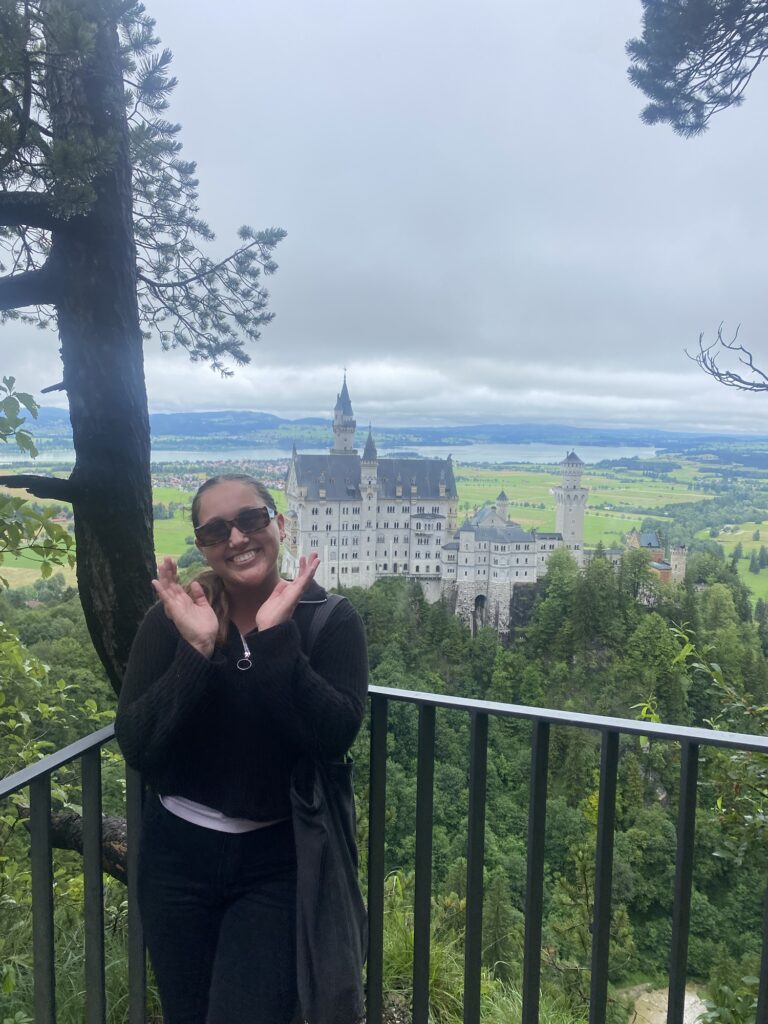
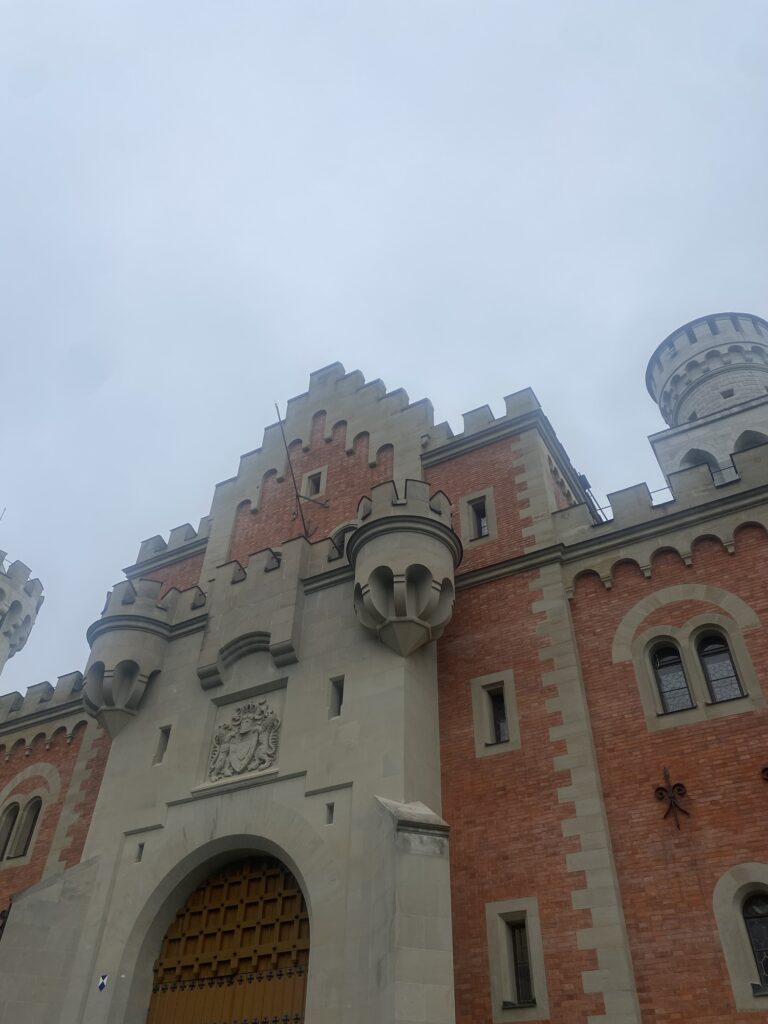
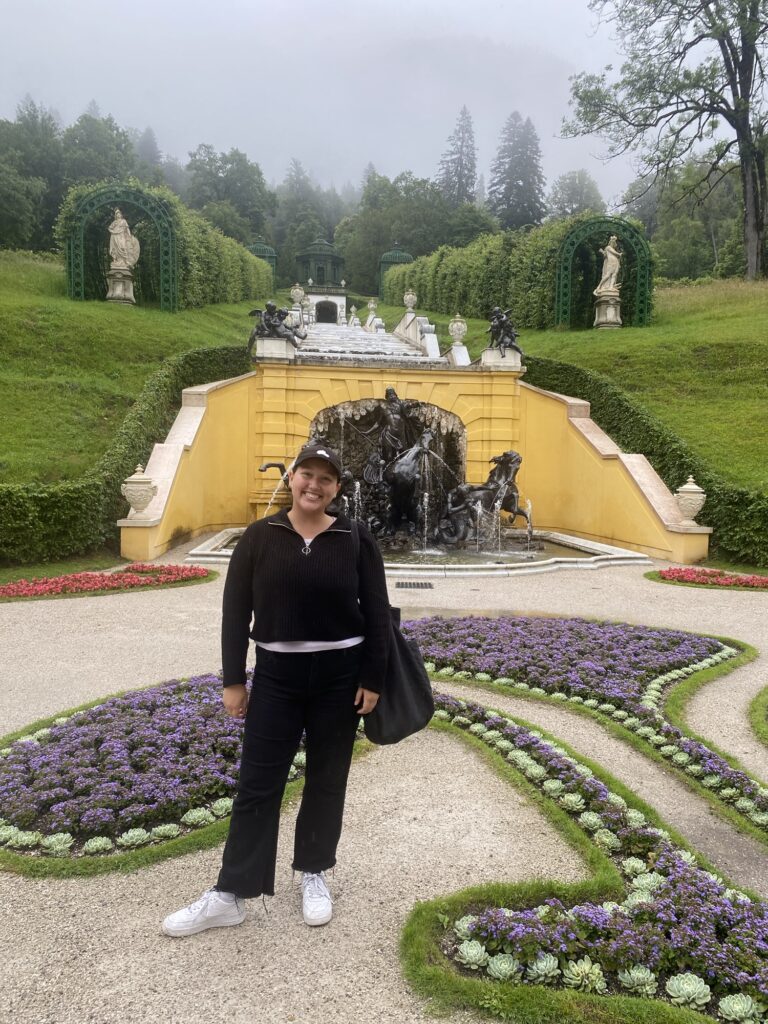
Highlights:
- Neuschwanstein Castle: The iconic cliffside castle that inspired Disney himself. The setting is pure fantasy.
- Linderhof Palace: Smaller and more ornate, this was Ludwig’s only completed palace, and it’s as opulent as any Versailles room.
- Tip: I’ve written a complete guide and review of this day trip, read more here.

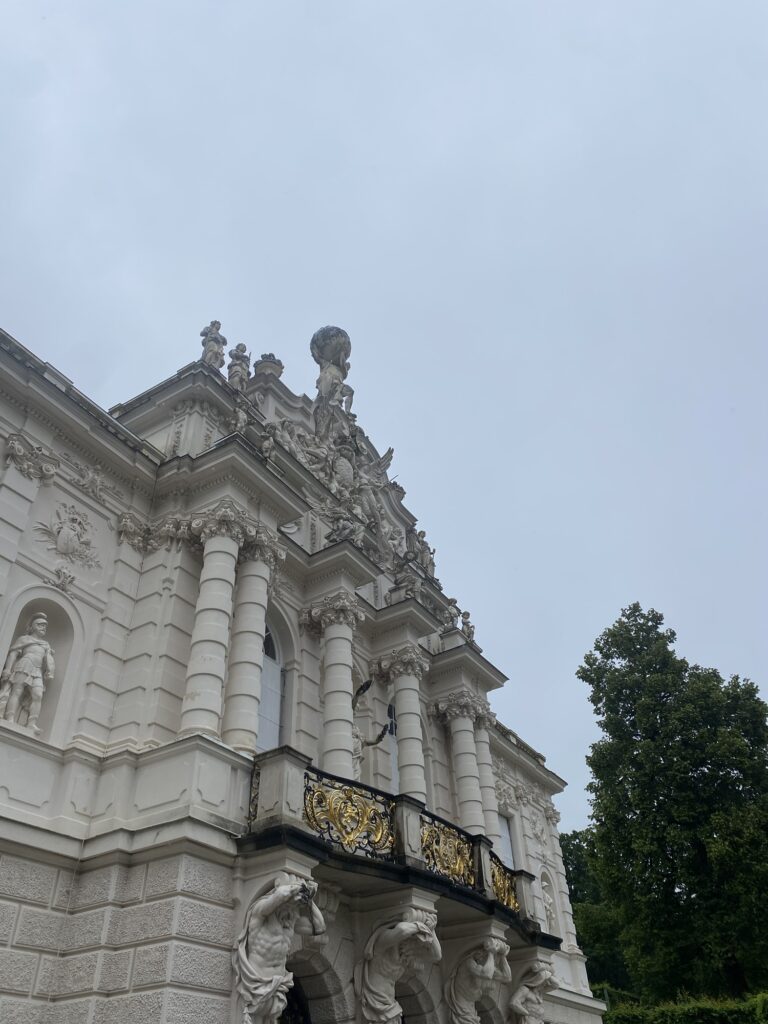

Final Thoughts: Planning Your Own German Journey
Germany is a traveller’s dream – it’s safe, scenic, and full of things to learn. Whether you’re following in Beethoven’s footsteps, diving into Cold War or WW2 history, or sipping beer on the street, the experience is unforgettable.
My 12-day trip gave me a taste of the country’s incredible diversity, and I’m already planning a return to explore places I missed.
If Germany isn’t on your radar yet, let this be your sign. Begin planning your own magical journey now, and let this itinerary serve as your guide.
Prost to your future adventures in Germany!
